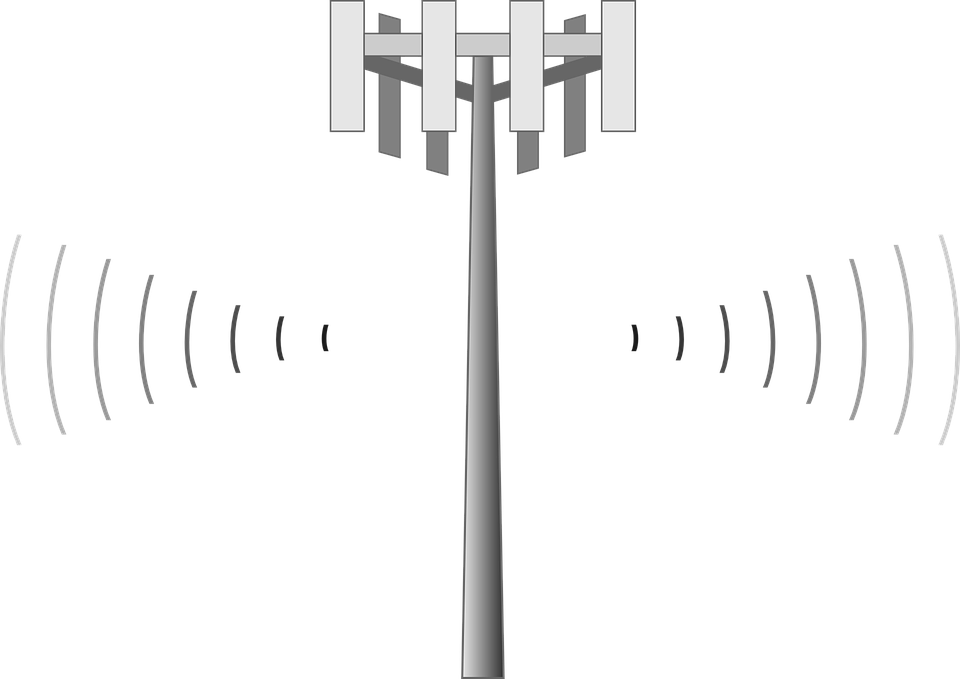Preventing Cellular Dead Zones in Commercial Buildings
Phone reception is critical in any property, and as a property manager you must ensure that your tenants will have good service. But how do you combat a dead zone?

Image courtesy of Pixabay
Sometimes commercial buildings have poor cellphone reception because of materials used in the construction of the building, infrastructure problems or, most frustratingly, a dead zone in a carrier’s service. Phone reception is critical in any property, and as a property manager you must ensure that your tenants will have good service. But how do you combat a dead zone?
Boosting call reception
Everyone gets an equal dose of signal provided they are subscribed to one the major national carriers, a smaller regional carrier or a largely catering to prepaid customers, and that the carrier’s towers are active and near the dead zone you’re trying to battle. In order to solve the issue with poor in-building cellular service, building owners have turned to distributed antenna systems (DAS) to ensure coverage and capacity. The signal booster uses a network of small antennas distributed throughout the building to strengthen signal, so poor reception and dead spots are eliminated.
There are two main ways in which you can amplify your cellular signal:
- active DAS
- passive DAS
The active DAS is a better fit for large commercial buildings and big venues—like airports or arenas—with a lot of data traffic due to higher costs, as well as the deployment and installation are a bit more complicated and disruptive. By creating a cellular signal to provide coverage, the active DAS distributes the signal between a centralized signal source and remote nodes placed throughout a building. The principal disadvantage of the active DAS is often the cost. The location where it is implemented requires a complete system to boost each carrier’s signal. For a multi-carrier solution, consumers can expect to pay between $5 and $10 per square foot, according to WilsonPro, so while for bigger properties this might not seem that expensive, for apartment buildings or smaller structures which also need cell signal boosted, it can often be far too expensive to justify.
While active DAS is best suited for bigger commercial usage, passive DAS is suitable for smaller office properties, apartment buildings or if you need a better overage in a certain area. Passive DAS eliminates cellular connectivity problems by enhancing existing cell reception up to 32 times by using antennas and amplifiers. Plus, it doesn’t need to create an internal network as the active DAS does. The cost for installing passive DAS is less and the installation, and maintenance is simpler. The only downside of this is that you need to have a pretty strong signal strength from nearby cell tower, and the capacity is limited.
Whether it’s the active or the passive version, installing DAS is a good investment for property managers or developers. By offering a better mobile connectivity, it offers businesses improved cell phone reception and wireless connectivity for all end-users, which will help attract investors, tenants, potential buyers, customers and employees.







You must be logged in to post a comment.